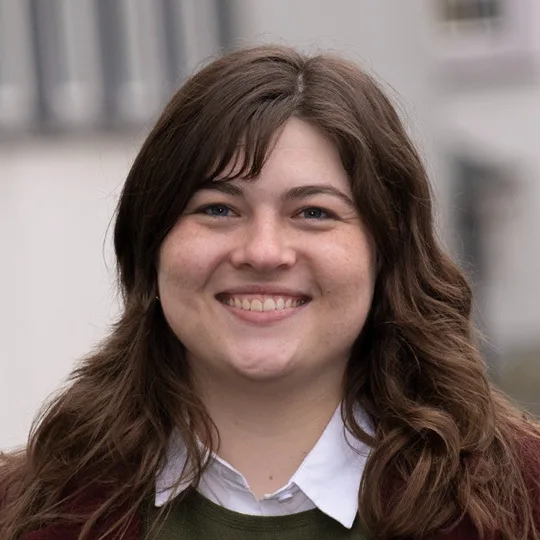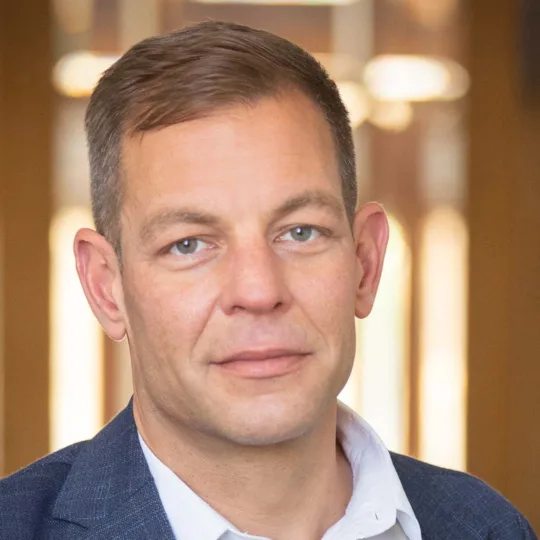How Marco Sieber became an astronaut
Marco Sieber is the second Swiss astronaut following in the footsteps of Claude Nicollier. An insight into his training at the European Astronaut Centre (EAC) in Cologne, where exercises in zero gravity are just as much a part of the programme as cramming theory.

As a child Marco Sieber was fascinated by two things – space and dinosaurs. As a European, his childhood dream of becoming an astronaut seemed for a long time to be unattainable, until, that is, a colleague told him about the European Space Agency's (ESA) call for applications in 2021. His old enthusiasm was immediately rekindled and so he applied. Together with four others, the Emmental native prevailed against 22,500 candidates. This year he officially became part of the ESA's European Astronaut Corps.
Dream job becomes a reality
Sieber began his basic training at ESA's European Astronaut Centre in Cologne in November 2022. The profession of astronaut combines a range of disciplines, which is something that Marco Sieber greatly appreciates. One of the challenges was the sheer amount of knowledge he had to take onboard. As a doctor, Sieber has an advantage in subjects such as biology and neuroscience, although as a urologist and emergency doctor he has never really had to consider how a trip into space affects the human body. Other disciplines such as engineering or physics, were rather new to Marco Sieber and were less easy to master. He finds astronomy, a subject that was previously unknown to him, particularly fascinating.
«I'm very curious by nature and want to know new things and how things work.»
As an emergency physician, Marco Sieber was able to acquire theoretical knowledge as well as skills that you cannot learn from books. Emergency physicians work long hours and are used to having to make decisions under pressure. This is an important skill for an astronaut. And as an emergency air rescue medic Marco Sieber is also used to working with limited resources. Working in remote locations means taking as little equipment with you as necessary – and that also applies to space.
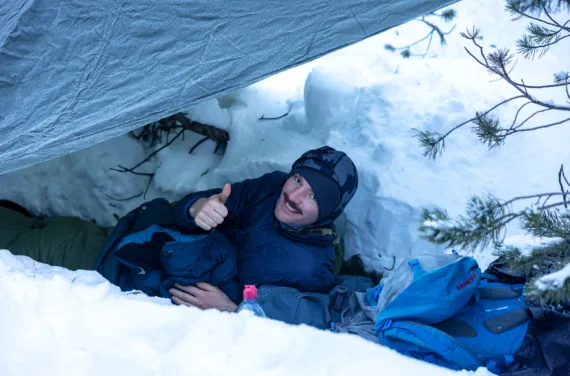
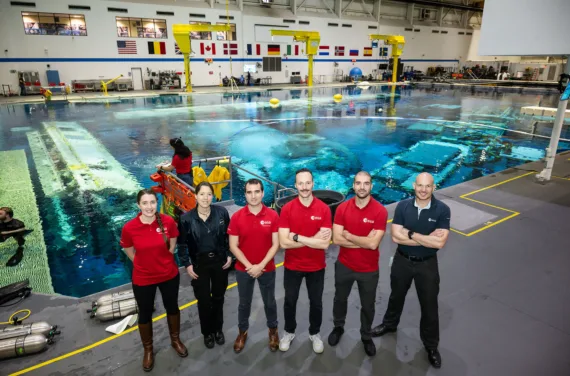
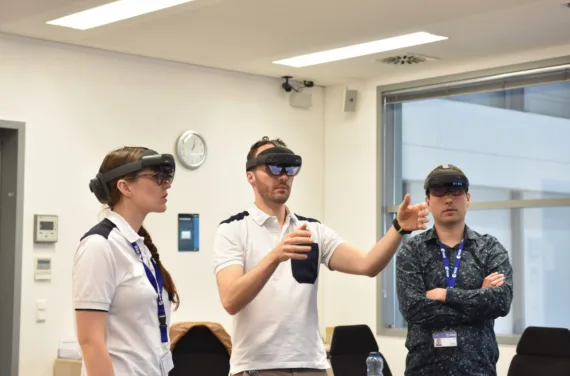
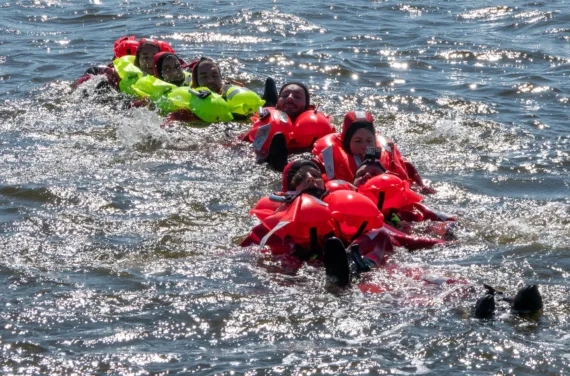
Extinguishing fires and carrying out repairs
Astronauts have to be physically fit. As a parachutist in the Swiss armed forces and a passionate hiker, paraglider, ski tourer and kite surfer, Marco Sieber fits the bill. One of the modules he was most looking forward to was the winter survival training in the Spanish Pyrenees: he loves being out in the snowy mountains to switch off. The astronaut candidates had to do without their smartphones for the duration, depending on each other, which allowed them to grow together as a team. In a new environment far away from friends and family, they helped each other with the challenging tasks.
In addition to survival training, the class completed many other exercises, such as training in a centrifuge to prepare for the g-forces that act on the human body when launching into space and later when landing back on Earth. They also trained how to cope in various emergency situations, for example how to put out fires, provide first aid or survive at sea. ESA also practises what will become routine in space: moving around in zero gravity or carrying out repairs on the International Space Station. This training takes place not only at ESA in Cologne, but also at various locations in Europe and at NASA in the USA.
Video: The astronauts acquire a range of skills in parabolic flight training – Marco Sieber practised how to stow equipment and resuscitate someone in zero gravity, for example. Source: ESA
«I didn't think I had a huge chance of making it through, but I just applied and then in the end, it happened.»
What's next for Marco Sieber
Marco Sieber’s next stop after graduating in April will be the USA. Before perhaps becoming the first Swiss on the moon, he is likely to be heading to the International Space Station (ISS) for a six-month stint. He and the other new ESA astronauts will train for that at NASA in Houston, as well as elsewhere. At the Johnson Space Center there are a number of ISS mock-up training modules where they can familiarise themselves with their future working environment in space while still on Earth.
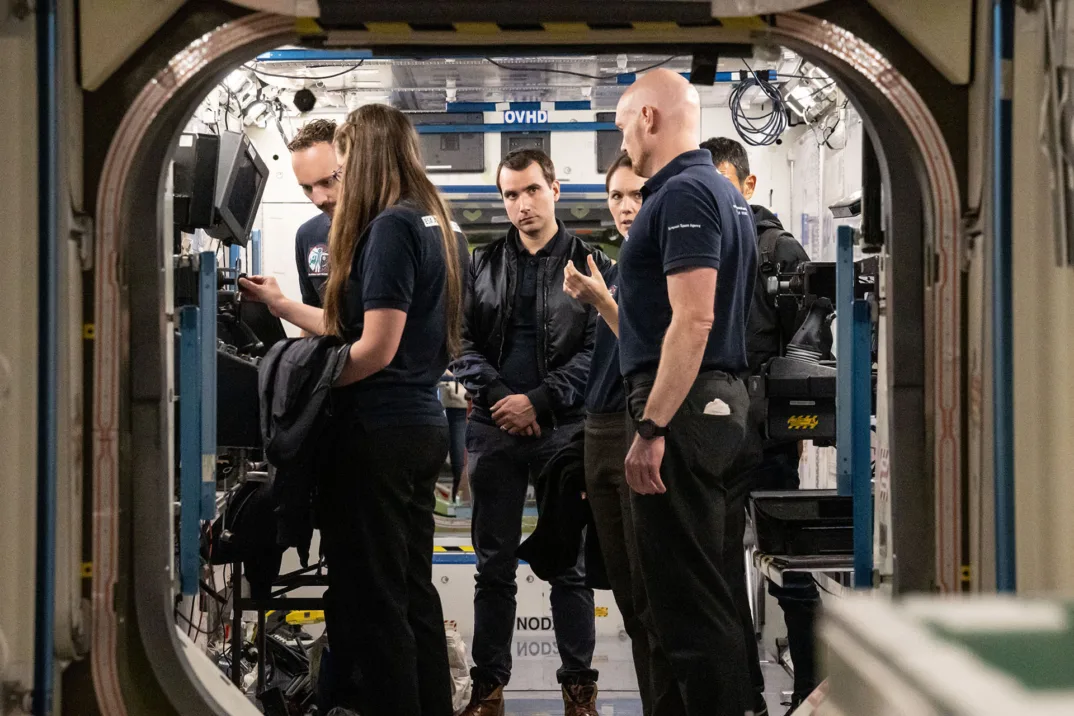
ESA astronaut training
In 1998, the ESA member states participating in the ISS (International Space Station) programme decided to establish a joint European Astronaut Corps. To this end, the astronauts of the participating states in the ISS programme were merged with those of ESA by 2002. Switzerland participates in the ESA Exploration Programme together with the USA, Canada, Japan, Russia and other countries. The first seven members of the European Astronaut Corps began their basic training in 2009. In April 2024, five new astronauts joined the corps, including Marco Sieber.
Marco Alain Sieber
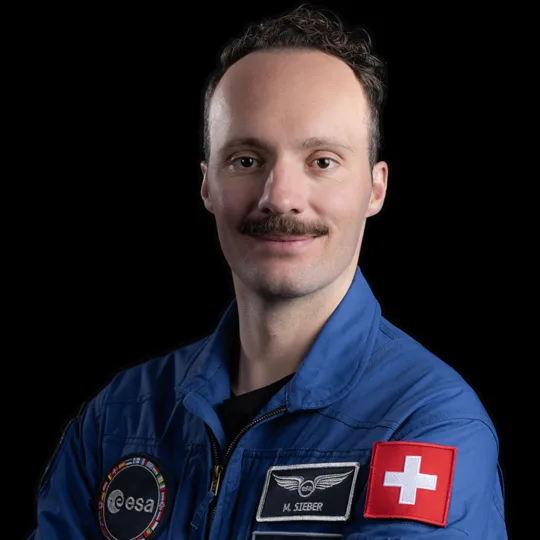
Born in 1989, grew up in the Emmental
2007: Baccalaureate in Burgdorf
Military service:
- 2009: Training as a paratrooper in the Swiss Armed Forces
- Doctor with Swisscoy in Kosovo (KFOR)
As a doctor:
- 2015: best final exam in medicine at the University of Bern; doctoral thesis on robot-assisted surgery
- Resident in emergency medicine at Bern University Hospital
- Resident anaesthetist at Interlaken Hospital
- Emergency physician for helicopter rescue
- Specialist diploma in preclinical emergency and rescue medicine (SGNOR) 2021
- Urologist at Biel Hospital Centre
As an astronaut:
- 2021: Programme application
- November 2022: ESA astronaut candidate selection
- April 2023: Start of basic training at ESA's European Astronaut Centre in Cologne
- April 2024: Graduation; Astronaut Certification qualifies for an extended duration space mission
Contact
Author
